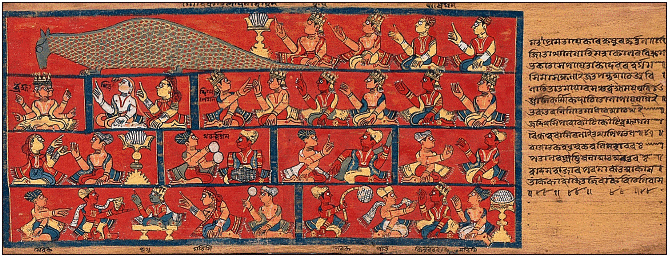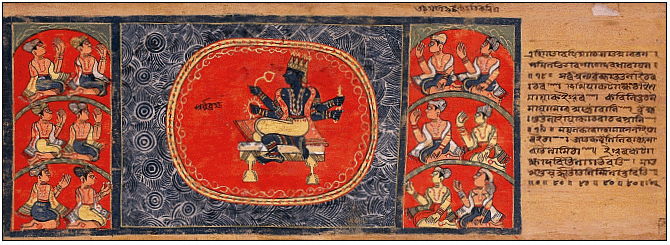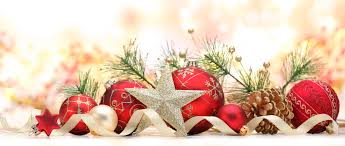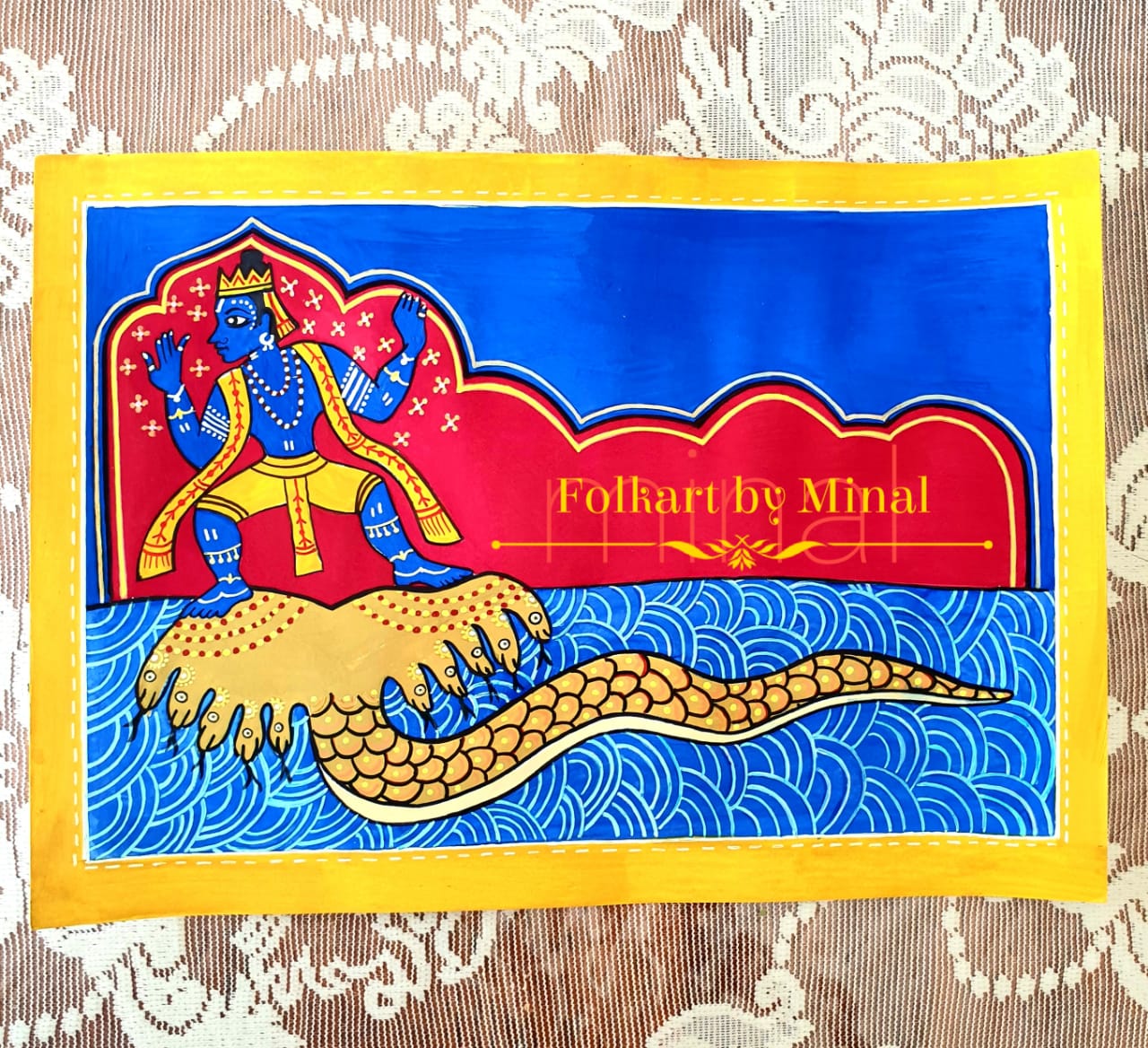Folkart of Assam – Assamese Paintings – Sattriya Painting
Assamese paintings are known all over the world for their unique style and versatile nature. Know more about the traditional paintings of Assam, India.

The Bhakti Cult that rose to prominence during the time of Sankaradeva spearheaded the resurgence of art and culture veering around devotion and worship in Assam. Religious scriptures were venerated and they became subjects of painting, dance, music and architecture. Community prayer gained prominence in lieu of individual worship. The Bhagavatha Purana rendered into Assamese by Mahapurush Sankara deva made it accessible to the local populace. These Assamese verses were painted on cloth and came to be known as Manuscript Paintings.

The illustration and transcription of religious manuscripts by tribes like Likhaks, Patuas and Khanikars gradually evolved into the Assam school of painting. The Assam School of painting was divided into Sattriya and Royal styles.
Artists involved in Manuscript Painting :
The craftsmen responsible for creation of paintings and penmanship were known as khanikars. Satras patronized and supported them. These craftsmen were traditional carvers primarily associated with woodcrafts and also worked as make-up men during bhaonas or one of the traditional forms of drama in Assam. Their familiarity with colour and form of traditional theatre inspired them to create parallel pictorial forms in the folios of manuscripts. That is why many figural forms appear to dance in pictorial space (Kalita 2009). Although khanikars were responsible for creation of beautiful paintings on manuscripts, there is very little information about them. The artists of the satras mostly believed it to be sacrilegious to inscribe their names in a literary work written by their guru. Khanikars were clerics of the satras and their primary duty was to render religious services regularly. They cultivated different art activities to supplement their normal clerical functions. Their devotion to the movement led them to render many paintings in a single manuscript.

Characteristics of manuscript paintings of Assam :
Certain general features characterize manuscript painting of Assam. The pictorial format in such paintings is usually of horizontal progression instead of rectangular isolation with which the Mughal artists worked. Among Satriya paintings, postures are angular and the faces are in strict profile except in case of a few figures. Emphasis on contour is also a characteristic feature (Kalita 2009). Physiology and physiognomy is not taken into major consideration and the painter mostly does not attempt individualization of characters. Emphasis is given more to symmetry and movements of groups, which are dynamically presented. Perspective and the third dimension is nowhere in evidence. Successive scenes are flatly brought on the same place like those in celluloid ribbons of cinematograph.
Motichandra commenting upon the work of such paintings says: ‘Paintings are usually painted in arched or zigzag pannels. The background is usually monochrome red or at times, blue, grey or brown. The landscape is simple, consisting of blue sky, decorative trees; the water is treated in basket pattern. Lyrical draughtmanship, simple composition, dramatic narration, and splendid colours give the Bhagavata illustrations a charm which distinguish them from similar Bhagavata paintings from Udaipur and elsewhere’ (Neog 1981). Unlike brilliant pigments of the Satriya palette, palette of artists of the Ahom court was an extended one and was predominated more by mute and dark tones like mute greens or olive greens. Mauve, pink and grey were few other pigments, which enriched the colour palette.

Source – https://cultureandheritage.org/2021/04/manuscript-paintings-of-assam-in-the-north-east-of-india.html


